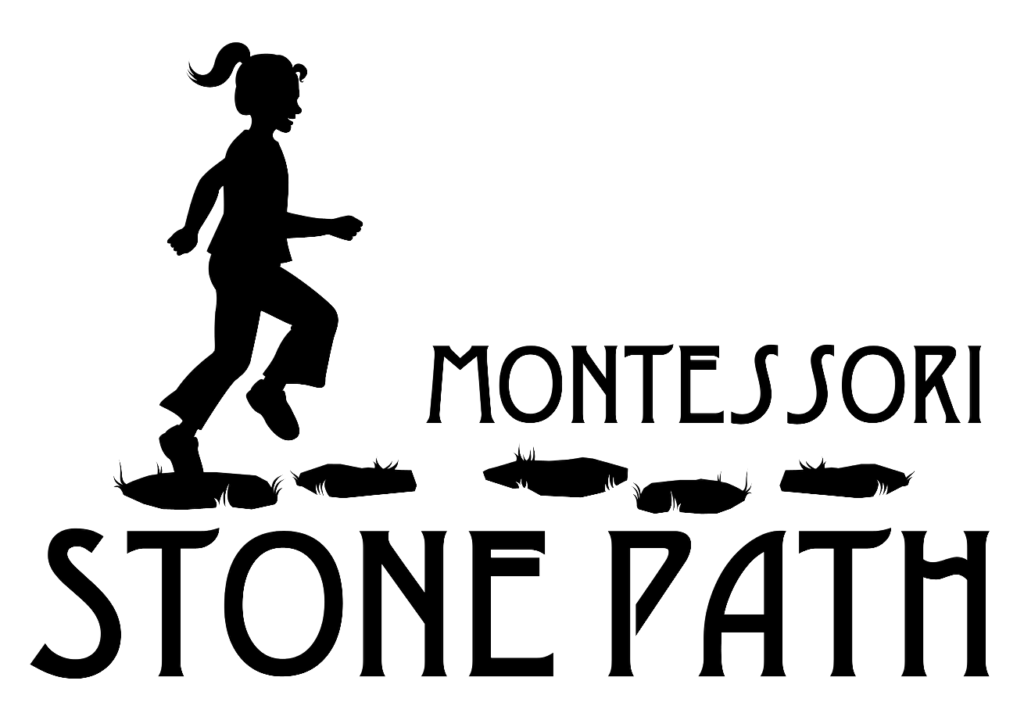The Montessori method is an approach to educating children based on the research and experiences of Italian physician and educator Maria Montessori (1870–1952). It arose essentially from Dr. Montessori’s discovery of what she referred to as “the child’s true normal nature” in 1907,[1] which happened in the process of her experimental observation of young children given freedom in an environment. Based on these observations, she created an environment prepared with materials designed for their self-directed learning activity.[2] The method itself aims to duplicate this experimental observation of children to bring about, sustain and support their true natural way of being.[3]
Applying this method involves the teacher in viewing the child as having an inner natural guidance for his or her own perfect self-directed development.[4] The teacher’s role of observation sometimes includes experimental interactions with children, commonly referred to as “lessons,” to resolve misbehavior or to show how to use the various self-teaching materials that are provided in the environment for the children’s free use.[5]
The method is primarily applied with young children (2.5–6), as this was the initial age with which Dr. Montessori worked. Her philosophy was based on certain characteristic seen in this age group. [6] The method is also utilized successfully for ages 0-3 and 6-9, 9-12, 12-15 and 15-18, though the majority of children learning through this method are in the 3-6 range.[7][8]
Although the Montessori name is recognized by many, it is not a trademark, and it is associated with more than one organization. Schools and teacher training programs can differ in their interpretation, intensity, practical application, and philosophy in using this method with children.[9] This article is about Dr. Maria Montessori’s research and discoveries and their practical application by adherents and practitioners with children.

